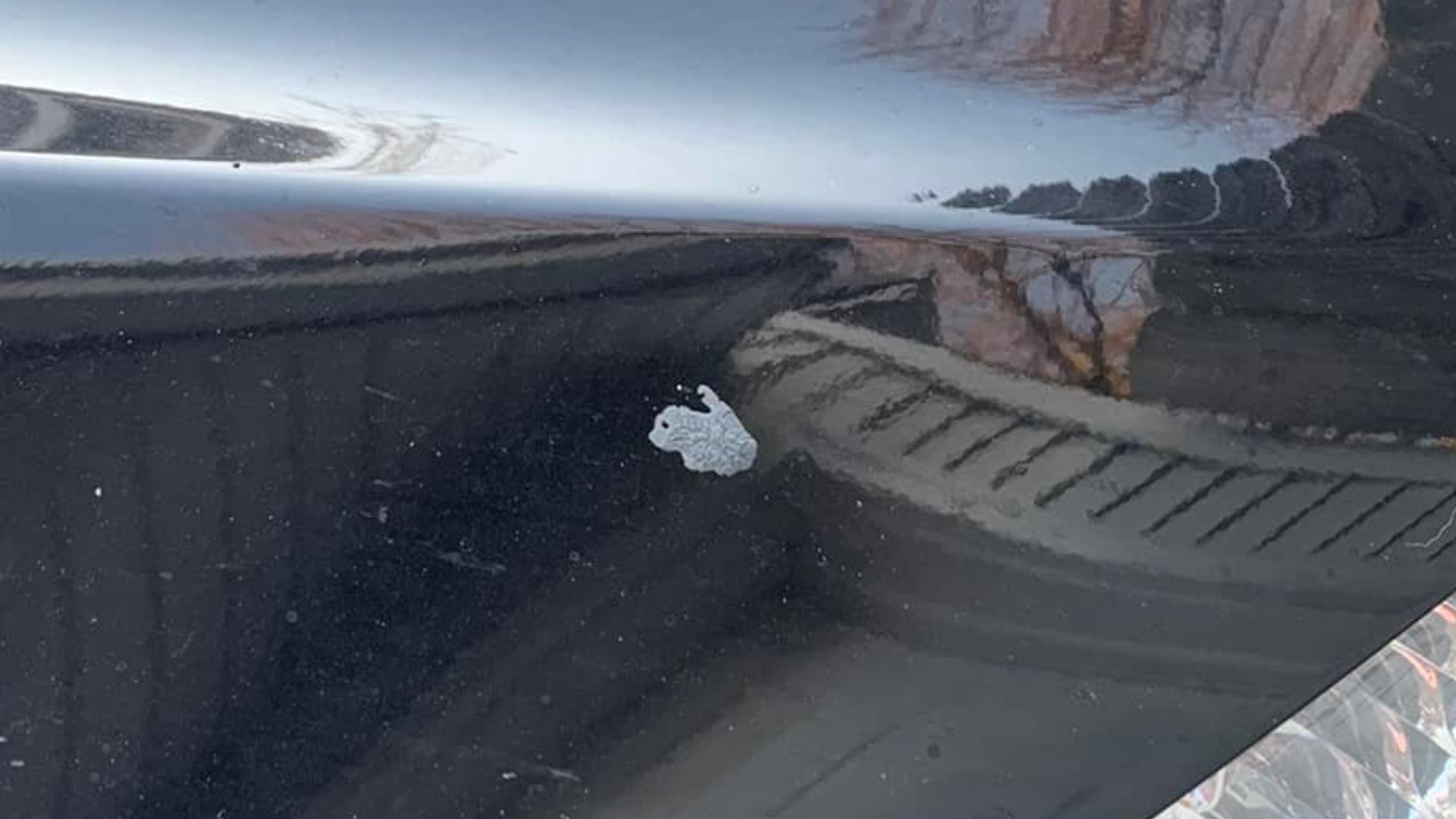LOGANVILLE, Pa. — It's that time of year when you may see something strange that resembles white spots on your car.
"About 2 weeks ago, I had noticed the spots on my car and I really hadn't thought much about it," said Christy Obetz, a Loganville resident.
Obetz initially thought there was a spotted lanternfly egg on her car.
"I was asking some people how I should remove it, some were talking about a silicon spatula, try to scrape it off," she said.
The spotted lanternfly is a non-invasive species from East Asia that feeds on a wide range of fruit, ornamental and woody trees. It was first discovered in Berks County in 2014.
During the winter time, the spotted lanternfly lays eggs on everything from cars to houses. In May, they're ready to hatch.
"They lay eggs everywhere and they're in sort of masses of 30-60 eggs each," Shannon Powers, Press Secretary for the PA Department of Agriculture explained.
Thankfully for Obetz, it was only pine tree sap on her car, but officials say it isn't uncommon for someone to confuse this for a spotted lanternfly egg.
"They're in tiny little rows underneath a coating that looks like putty or mud," Powers said.
Officials urge you to scrape them off and destroy each egg as soon as you see them.
While spotted lanternflies aren't harmful to people or pets, they are a pain to crops.
"It coats the fruit and blocks photosynthesis on the leaves, it makes it inedible, and it make a mess and attracts stinging insects," Powers explained.
As we inch closer to hatching season, Obetz gives this advice for first time spotters.
"It does also seem that the lanternfly eggs are a little bit lighter than the ones on my vehicle so really just ask around maybe check with the department of agriculture," she said.

